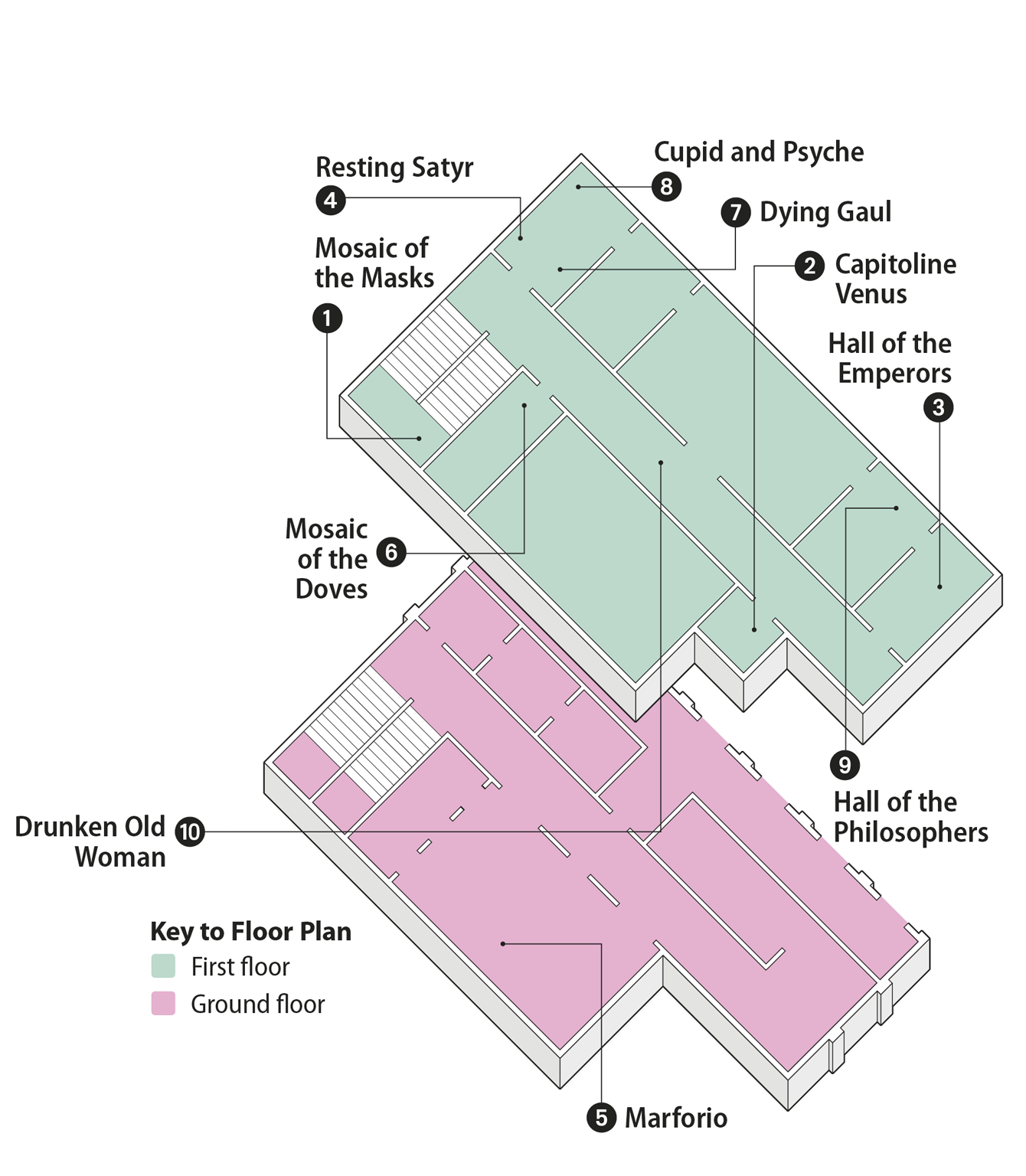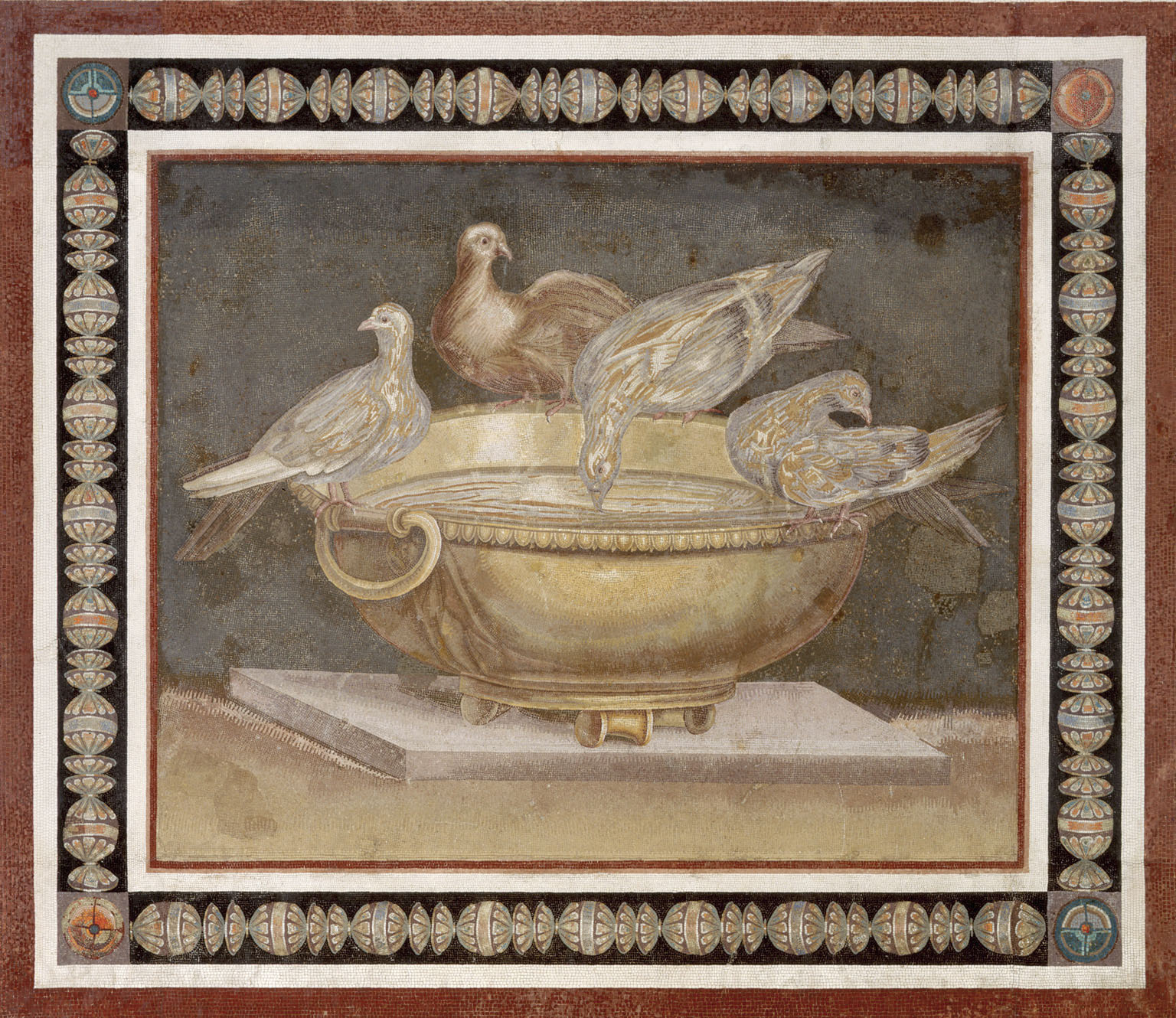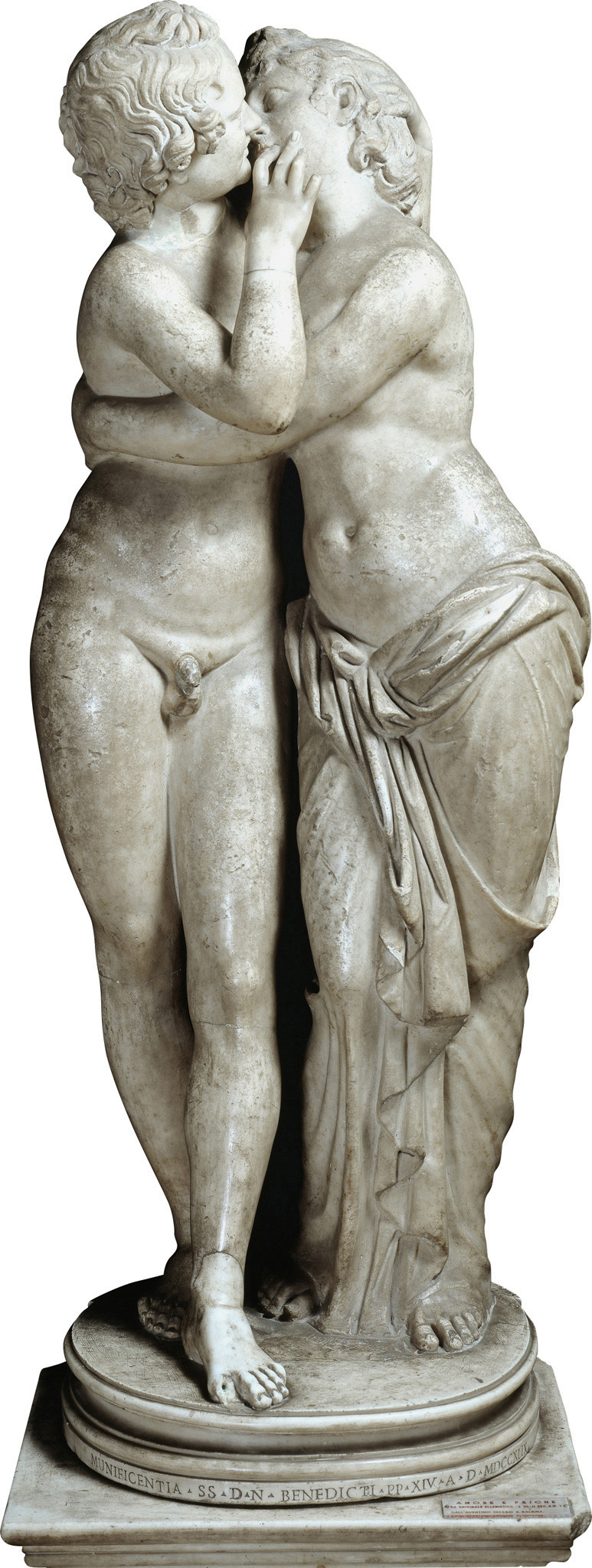
MUSEI CAPITOLINI
Ancient Rome’s religious heart, Capitoline Hill now houses a magnificent museum. Take the Cordonata uphill, a theatrical experience planned by Michelangelo in the 16th century. At the top stands a statue of Marcus Aurelius in a star-shaped piazza, which is bordered by twin palaces containing some of Rome’s greatest treasures. The collections in the Palazzo Nuovo (this page) and Palazzo dei Conservatori (pp200–1) were established in 1471 with a donation of bronzes by Pope Sixtus IV.

NEED TO KNOW
![]() Piazza del Campidoglio • 06 0608 • www.museicapitolini.org • Open 9:30am–7:30pm daily; closed Jan 1, May 1, Dec 25 • Adm: $17 (free for under 6); prices may change during major exhibitions
Piazza del Campidoglio • 06 0608 • www.museicapitolini.org • Open 9:30am–7:30pm daily; closed Jan 1, May 1, Dec 25 • Adm: $17 (free for under 6); prices may change during major exhibitions
- Capitolini Card costs $18 (valid for 7 days) and also gives admission to Centrale Montemartini.
- The café behind the Palazzo dei Conservatori (Caffè Capitolino) has a terrace with a spectacular panorama of the city.
- Part of the underground passage between the two museums is the ancient Tabularium, imperial Rome’s Hall of Records, which offers an unusual view of the Roman Forum.
Museum Guide
The Palazzo Nuovo, on the left as you enter the piazza, contains mostly restored ancient sculpture. The finest pieces are on the upper floor. Take the stairs down to the underpass leading to the Palazzo dei Conservatori—the courtyard displays ancient marble fragments. The next floor up displays 16th- and 17th-century decorations and Classical statuary. On the top floor are paintings from the Renaissance and Baroque periods.

Museum Floor Plan
1. Mosaic of the Masks
This floor mosaic of two Greek theater masks is probably from the 2nd century CE. The use of perspective, light, and shadow is highly skilled, employing small squares of marble to create dramatic effects.
2. Capitoline Venus
This fine 1st-century BCE copy of a Praxiteles Aphrodite from the 4th century BCE shows the goddess of love risen voluptuously from her bath, attempting to cover herself, as if reacting to someone’s arrival.
3. Hall of the Emperors
The hall contains several portraits of the emperors and empresses of the Imperial Age. Among them is a bust of the brutal ruler Emperor Caracalla from the 3rd century CE.
4. Resting Satyr
Used to adorn an ancient grove or fountain, this young mythological creature is a copy of a 4th-century BCE original by Greek sculptor Praxiteles. His pointed ears, panther-skin cape and flute are attributes of the nature god Pan. It inspired Nathaniel Hawthorne’s novel The Marble Faun.
5. Marforio
This hirsute reclining giant was originally a river god, and is believed to have come from the Forum of Augustus. A Renaissance sculptor added the attributes of the god Ocean and placed him here, as overseer of this courtyard fountain.

6. Mosaic of the Doves
Once the centerpiece of a floor decoration in Hadrian’s Villa, this jewel-like composition uses tiny marble and glass tesserae (chips) to achieve a sense of texture and volume.

7. Dying Gaul
The collection’s most renowned piece conveys great pathos. It is probably a 1st-century CE Roman copy of a Hellenistic bronze from the 3rd century BCE.
8. Cupid and Psyche
The Roman god of love embraces the personification of the soul; here, the lovers are eternally united. This Roman copy of a Hellenistic original has inspired a great many sentimental variations.

9. Hall of the Philosophers
This room is filled with Roman copies of idealized Greek portrait busts of the greatest Hellenic poets and thinkers, including the blind epic poet Homer.
10. Drunken Old Woman
This copy of a Hellenistic original dating from the 3rd century BCE is from a series of sculptures, which represent the wages of vice.
